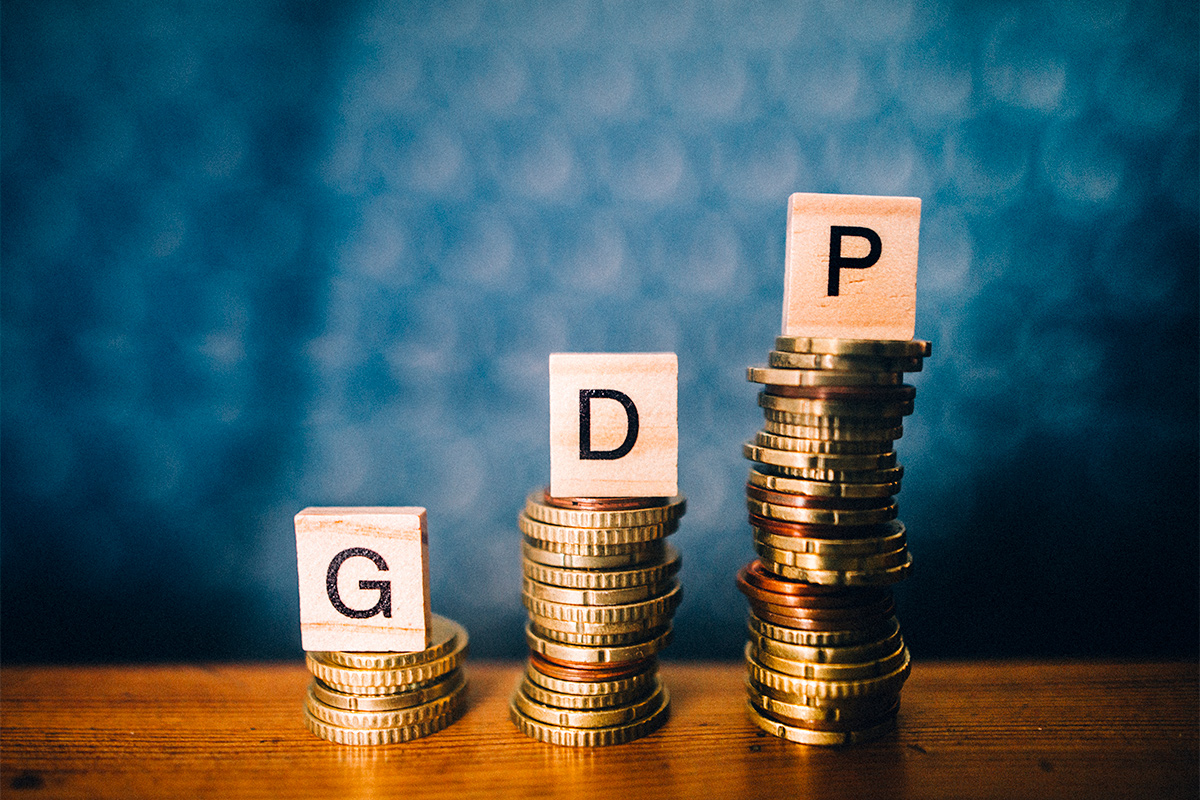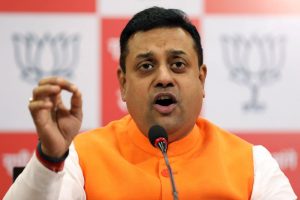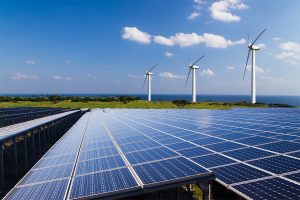India’s Gross Domestic Product (GDP) is expected to grow 7.4 per cent in the current financial year 2022-23, according to the FICCI Economic Outlook Survey.
The forecast for agriculture and allied activities growth has been put at 3.3 per cent for 2022-23, while industry and services sectors to grow by 5.9 per cent and 8.5 per cent respectively during the fiscal year.
However, it said “downside risks to growth remain escalated. While the threat from the pandemic remains on fore, the continuation of Russia -Ukraine conflict is posing a significant challenge to global recovery.”
The latest round of FICCI’s Economic Outlook Survey puts forth an annual median GDP growth forecast for 2022-23 at 7.4 per cent – with a minimum and maximum growth estimate of 6.0 per cent and 7.8 per cent respectively.
The present round of FICCI’s Economic Outlook Survey was conducted in the month of March 2022 and drew responses from leading economists representing the industry, banking and financial services sector. The economists were asked to provide forecasts for key macro-economic variables for the year 2022-23 and for the quarters Q4 (January- March) of FY22 and Q1(April-June) of FY23.
The current conflict is expected to further aggravate the price rise through imported commodities. The estimate for average wholesale price index-based inflation in Q4 of 2021-22 has been put at 12.6 per cent.
CPI-based inflation is projected at 6.0 per cent in Q4 2021-22 and 5.5 per cent in Q1 2022-23; and has a median forecast of 5.3 per cent for 2022-23, with a minimum and maximum range of 5.0 per cent and 5.7 per cent respectively.
CPI-based inflation has been treading above the targeted range of the RBI in January, February 2022 and should see some respite in the forthcoming fiscal year. The unsustainably high international commodity prices are expected to level off going forward.
The economists were also asked to share their views on certain topical subjects. Given the recent escalation in geopolitical stress, participants were asked to share their assessments on global and India’s economic situation amid the current circumstances. In addition, expectations of the economists were sought on the forthcoming monetary policy to be announced on April 8, 2022.
The participants opined that while it is difficult to assess the exact impact of the conflict on global economy, much would depend on further continuation of the conflict and the ensuing policy responses. The sanctions imposed on Russia by European countries and the United States is having spillovers in both the real and the financial sectors.
The overall situation remains volatile, and outlook is uncertain with risks amplified to the downside. According to indicative estimates provided by the participants, global growth could slow down by 50-75 basis points – further moderating the prospects of post covid recovery.
The demand situation is yet to move back to pre-pandemic levels and any further spread of the conflict situation could worsen global economic situation. Trade is already being disrupted by a relapse in supply side leakages and stress on already high global commodity prices has also aggravated.
Rising international commodity prices are the biggest risk emanating from the ongoing conflict as Russia and Ukraine are global suppliers of key commodities. Prolonging of this conflict will further hit supplies of major raw materials, including crude oil, natural gas, food, fertilizers, and metals.
Nonetheless, participants opined that global inflation is likely to peak out in the first half of 2022 and moderate thereafter. The easing in price levels in the second part of the year will be backed by a slowing Chinese economy and overall moderation in global growth momentum, waning pent up demand, and monetary policy normalisation/rate hikes by the United States Federal Reserve.
As for India, the country is not likely to remain unscathed. Given that India remains a net importer to meet its energy requirements, the sharp rise in crude prices represents a significant shock to India’s macro-economic framework. Moreover, the impact on economy is expected to be more serious if the conflict prolongs.
The participants were of the view that inflation continues to be the most significant risk for India as well. Surging crude oil prices are likely to adversely impact India’s macros. Increase in oil-prices coupled with the sharp fall in Rupee value is inflating India’s import bill adding to the stress on current account.
Furthermore, the economists said that private consumption has been the weakest link in the course to recovery. Consumer sentiments have been tepid for most of 2021-22. With escalating inflation, the purchasing power is being further restrained, especially for the low & lower-middle income households.
Russia-Ukraine crisis has amplified the cost pressures being faced by producers. This will further postpone private investment as average capacity utilization remains below the level that could trigger new investments. Limited ability to pass on rising cost of inputs is eroding profitability of businesses. The cost escalation may hit the cash flow going ahead and is weighing heavy on their capex plans.
Moreover, exports that were providing a cushion to the loss of domestic output are likely to be subdued as the developed countries are also witnessing a slowdown and have been moving towards withdrawal of fiscal stimulus. Private demand and investment should be the focus in 2022-23 to steer growth.
Nonetheless, despite the challenges, Indian economy remains well placed over the medium term.
The participants said as inflation concerns ease, public capex will crowd in private capex. Recovery would hinge on government’s infrastructure-led capital expenditure. The need of the hour is to front-load spending so that the nascent recovery signs are not derailed.
The economists opined that at this juncture, fiscal policy should be on front foot and inflation pressures could be contained via excise cuts/subsidies. This will be important to safeguard private consumption expenditure as inflation pressures gain strength.
On the monetary policy, there was a unanimous view that the Reserve Bank of India will refrain from undertaking policy reversal in the forthcoming monetary policy to be announced on April 8, 2022.
Even though upside risks to inflation have magnified with the escalation of Russia and Ukraine conflict and the growth-inflation dynamics has also come under lens, the monetary policy committee is expected to look through temporary inflation spikes in the near term.
RBI is expected to continue to support the ongoing economic recovery by keeping policy repo rate unchanged in April announcement. Growth impulses are still nascent and consumer confidence has been subdued and is yet to get back to pre-pandemic levels.
The skyrocketing prices of crude oil and industrial inputs is pressurizing prices through imported inflation. Even though the passage to consumers has been limited so far, the economists expect a pass through next fiscal onwards. The economists were of the view, that the Reserve Bank of India will look at reversing its stance in the second half of the current year (2022) and one can expect a rate hike between 50-75 bps by end of this fiscal year.
Given that inflation in India has been supply-driven, support from the government in terms of fiscal measures such as reduction in excise duty and VAT on petrol and diesel by the Centre and states have the potential to mitigate some immediate concern on inflation.
Also, continuing support to MSMEs remains critical especially given the impact of the ongoing conflict on smaller enterprises. It is important that the cash flows of the MSMEs enterprises is in place in order to maintain the operations. There is a need to ensure that additional funds for MSMEs are available and it is suggested that banks reduce the cash margin from 25% to 10-15%.
Further, the working cycle of MSMEs in many cases extends beyond 90 days period. It is thus suggested that there is a need to reconsider the provision of 90 days limit for classifying their over dues into NPAs and the limit should be increased to 180 days.
Advertisement











